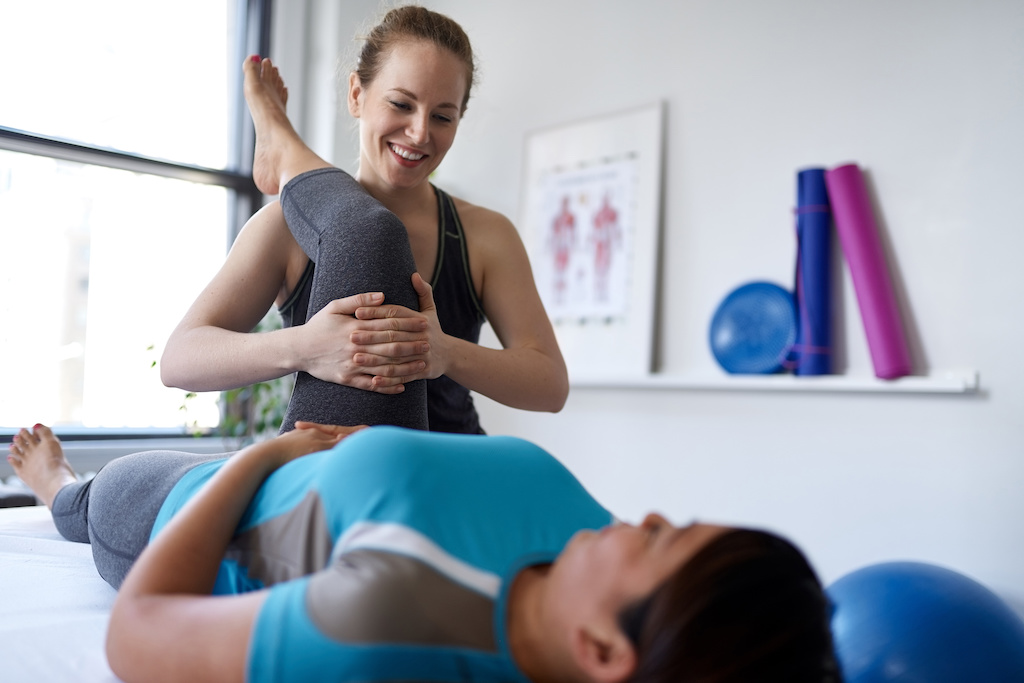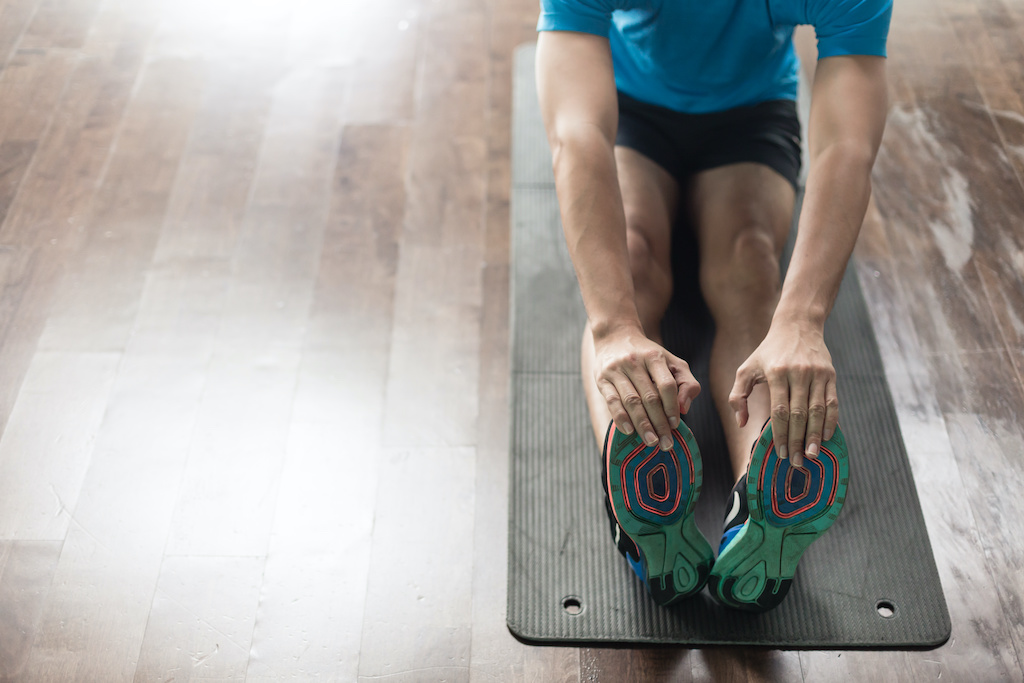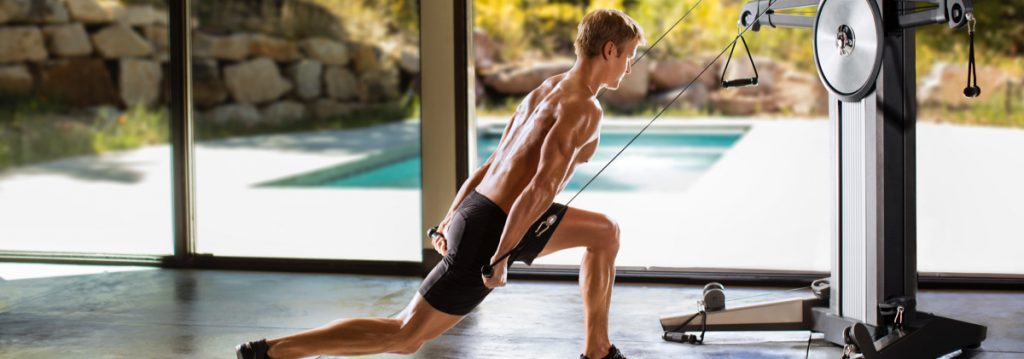During a muscle strengthening session, the muscles are often put under intensive strain. Doing targeted stretching at the right time with the right movements can help to optimise your strength training by increasing flexibility, improving posture and reducing the risk of injury.
What role does stretching play in muscle strengthening?

Stretches are sometimes controversial because, if executed incorrectly, they can be painful or even lead to injury. However, they have many advantages in the context of a strengthening programme, provided that they are carried out correctly:
- They help to improve flexibility.
- They help to release joint tensions.
- They help to prevent back pain, a part of the body that is put to the test a lot during muscle strengthening exercises.
- They reduce the risk of injury during training.
How do you do good stretching during weight training?

To stretch well during a muscular strengthening session, you should know about some good practices and precautions:
- Static stretches should be performed after the session. These stretches can be held for about 20 seconds: wait 10 to 15 minutes to perform them after a workout.
- Dynamic stretching must be done carefully without forcing and can be done during your warm-up.
- It is not advisable to stretch immediately after a very intense workout: in case of muscle injury, stretching immediately could aggravate the injury.
- Stretching, when done correctly, must never cause pain.
A static and dynamic stretching circuit especially for muscles

In the context of muscle strengthening, stretching can be static or dynamic. To set up a circuit of stretches, choose 5 exercises, to be performed twice each for 20 seconds, before or after the session depending on the type of stretching you choose.
5 examples of static stretching
Static stretching consists of maintaining a posture that puts a muscle under tension for several seconds. They are used after training to relax muscles, improve flexibility and promote muscle relaxation. Here are 5 examples of dynamic stretching to be carried out after a strength training session:
- Static shoulder stretch: Standing, hold one arm against your chest with the other hand. Tilt your head away from the arm you are leaning against to tense the muscles in your neck and shoulders.
- Static triceps stretch: Stand with your head upright, extend one arm above your head. Bend it and bring it back to rest with your open hand at the level of your shoulder blades and gently push your elbow with the other hand.
- Static back stretch: On your knees, with the weight of your body on your heels, bend your head towards the ground, then stretch out your arms and try to put them as far as possible in front of you.
- Static hamstring stretch: Sitting on the floor, stretch one leg out in front of you and then bend the other so that your foot rests on the opposite thigh. Keeping your back straight, bend over to reach the ankle or toes of the outstretched leg with your hands. Alternate the 2 sides.
- Static ankle stretch: Place the front of a foot on a step (or curb) with the heel in the gap. Balance yourself on this foot and gently lower the heel to stretch the ankle and calves. You can use a wall or barrier to help you maintain balance.
5 examples of dynamic stretching
Dynamic stretches do not require the maintenance of a position. Rather, it is a question of performing repeated movements by progressively increasing the range of movements in order to stretch the muscles. They are often carried out during a warm-up because they contribute to increasing your heart rate. Their aim is to warm up the muscles before a workout, to improve the precision of your movements and to reduce the risk of injury. These 5 exercises can be done in addition to a moderate cardio activity to prepare for a weight training session:
- Dynamic shoulder stretch: Swing the arms from bottom to top, gradually increasing the range of movement.
- Dynamic wrist stretch: On all fours on the ground, resting on the hands, arms outstretched, swinging the body in all directions to stretch the wrists.
- Dynamic leg and abdominals stretch: Running on the spot with the knees raised to the maximum.
- Dynamic hamstring stretch: Running on the spot using your heels.
- Dynamic whole-body stretch: Walk in forward lunges. In the bent leg position, raise the arm opposite to the bent leg, then lower it and continue the walk with a lunge of the other leg.
Check out our Fitness & Training page for more advice.
